All photos © Kirsty Hughes
As the train pulls into Mallaig, the heavens open. It’s a cold, wet and quiet evening despite being mid-June. But as I head to the morning ferry, there’s some sun and, though it’s 10 degrees, both Eigg and Rum are visible in the distance. The ferry ploughs off into a stiff wind with just a few passengers on board. The Skye Cuillin rear up to the north, Loch Nevis and the mountains of Knoydart darkly visible behind us. And soon, we’re in the quieter waters of Loch Scresort and disembarking into Rum’s community-owned Kinloch village.
Rum is a beautiful, mountainous and green island, in part a major nature reserve. There are rivers and burns, hundreds of deer, eagles, a wide array of other birds, otters and more.
From my shepherd’s hut, looking over a calm Loch Scresort, I see and hear oyster-catchers, a heron, and greylag geese and goslings which often patter up onto the long grass by the water’s edge, from dawn to dusk, searching for tasty morsels.
In low light, Rum can have a slightly gloomy or foreboding feel, not helped by the rather dark presence of the crumbling Kinloch castle – an Edwardian shooting lodge, that feels like a folly.
To its front, Rum ponies graze, and I spot greylag geese in the long grass there too. There’s an unresolved question of whether and how to restore the castle, the community pushing for their views to be fully taken into account. For now, it’s fenced off and no visitors are allowed.
A short walk beyond the ferry pier takes me through a small wood and past the ruins of some blackhouses. Rum’s population of almost 400 people was cleared in 1826, the inhabitants ending up in Nova Scotia. The moss-covered stones tell their own story. On Canna, I meet someone who’s great grandfather left in the clearances as a baby – connections through the ages.
I walk on to the otter hide. No otters are visible, but a sea eagle suddenly glides overhead.
To the south of Kinloch village lies the Rum Cuillin range but before I head upwards, I’m off on a walk across the middle of the island then turning north towards Kilmory, through long and wide grass-covered glens. Small, ground-nesting birds fly up occasionally as I walk.
But I see almost no-one else on the rough track, just one jeep that I guess is part of the Kilmory red deer project (which has been studying the deer in the wild since 1972). Some highland cattle watch me steadily as I go by.
Walking down the valley to Kilmory beach, the Skye Cuillin come into view, until finally at the beach – also the location of one of the abandoned, cleared townships of Rum – there’s a stunning view as the reddish-coloured sands run into the sea, backed by the Skye Cuillin. There’s no-one around – a few oyster-catchers dig into the sand, a ferry chugs on by, perhaps on its way to Barra or the Uists.
As I return, a ten mile round walk in total, I spot deer dotted across the valley – one is on the road ahead of me but moves slowly onto the grassy plain as I go by.
The next day, I aim to walk up one of the Rum Cuillin – Hallival. It’s a steady climb up past a rushing burn. And there are beautiful views down across Loch Scresort to the north and east. It’s funny that on the other small isles – Canna, Muck and Eigg, views of Rum’s mountains can often dominate the view. But on Rum itself, it’s views to Skye or back to the mainland that catch the eye.
There’s no-one around as I approach the ridge below Hallival. I’m walking near the area where the Manx shearwater have their burrows – one third of the world’s population apparently nest here. And though they normally return to their burrows only in the evening, one flies up and makes an alarm call. I change direction and it quietens down.
Up on the ridge, the clouds are blowing in. I’m not going any further today. But there are dramatic views of Askival, Rum’s highest mountain at 812 metres, its summit wreathed in clouds, and down southwards through Glen Dibidil to the sea.
As I head back down, beautiful views emerge across the sea as bursts of rain and cloud pass across distant mountains.
Rum is a beautiful, diverse island and I’ve just seen a small part of it. But in the morning, the ferry is due to take me onwards to Canna.




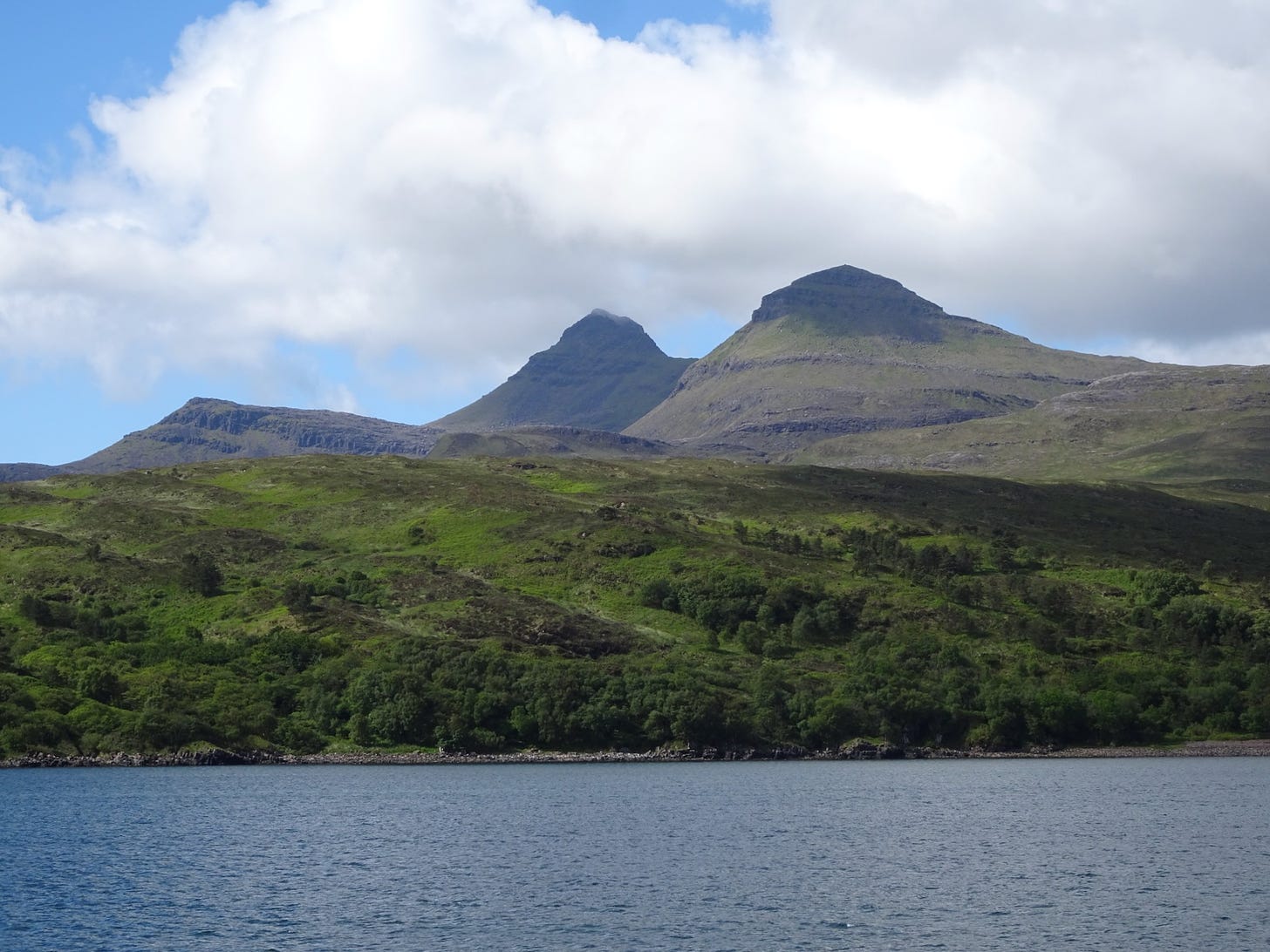
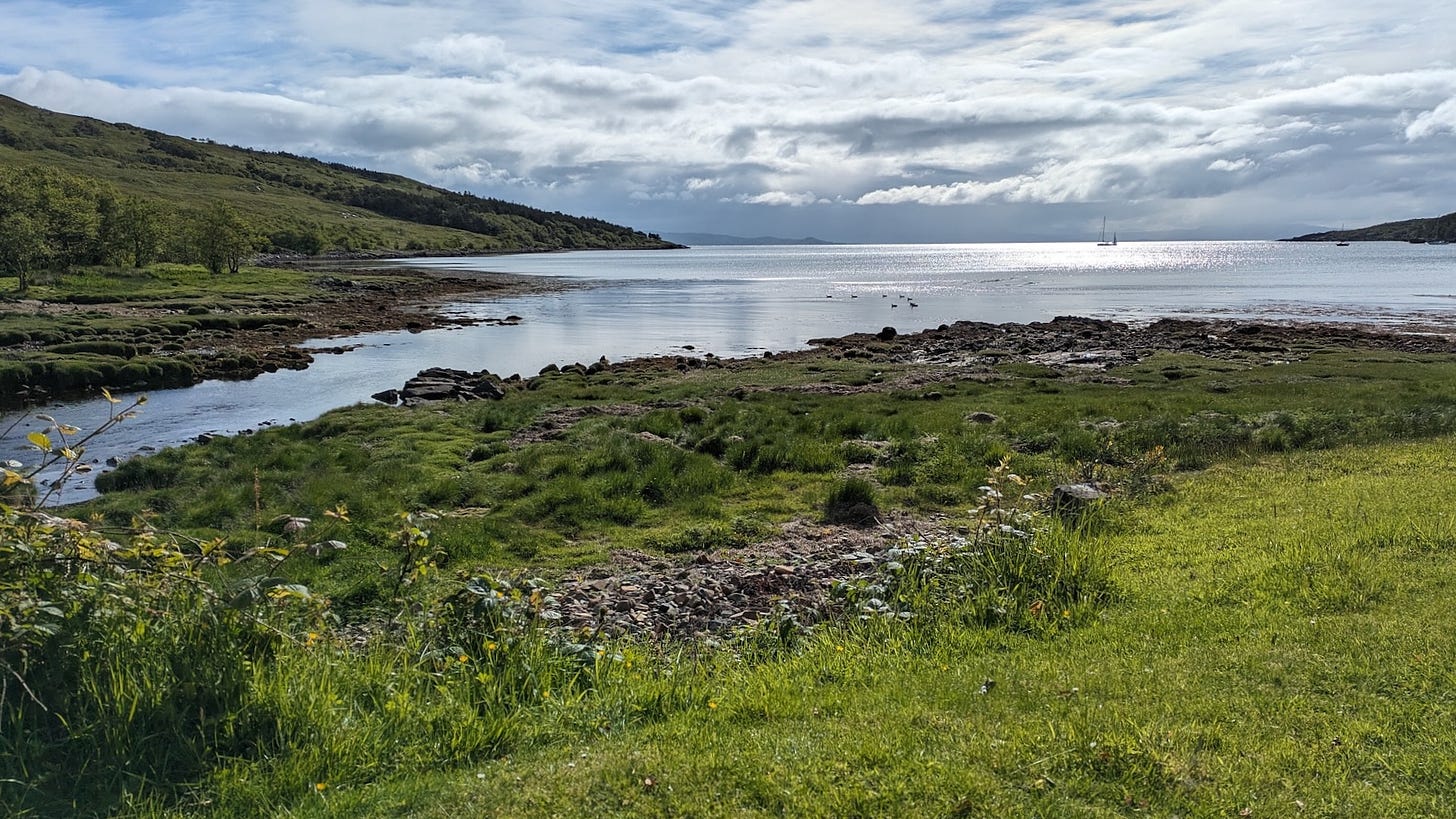
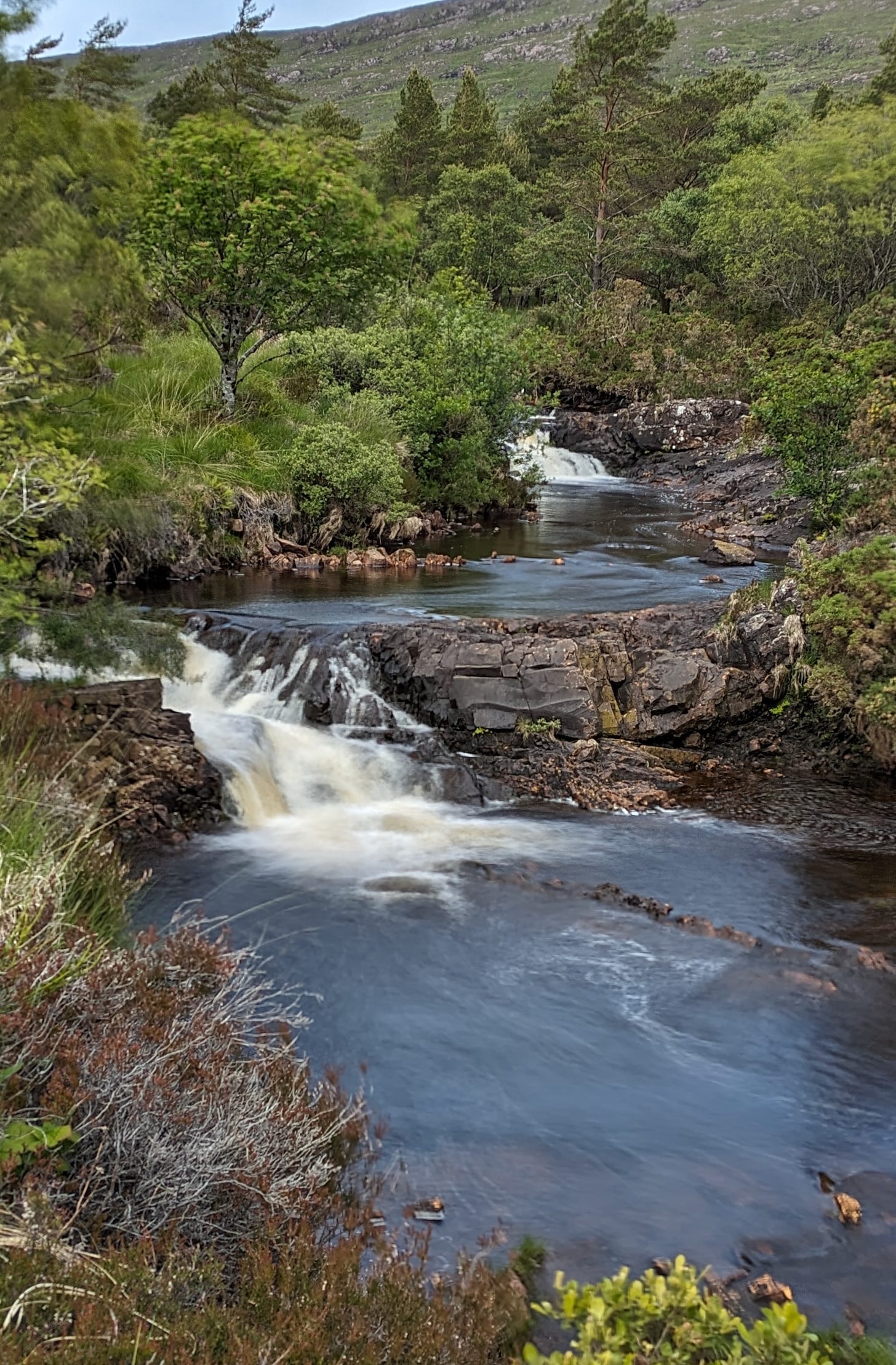
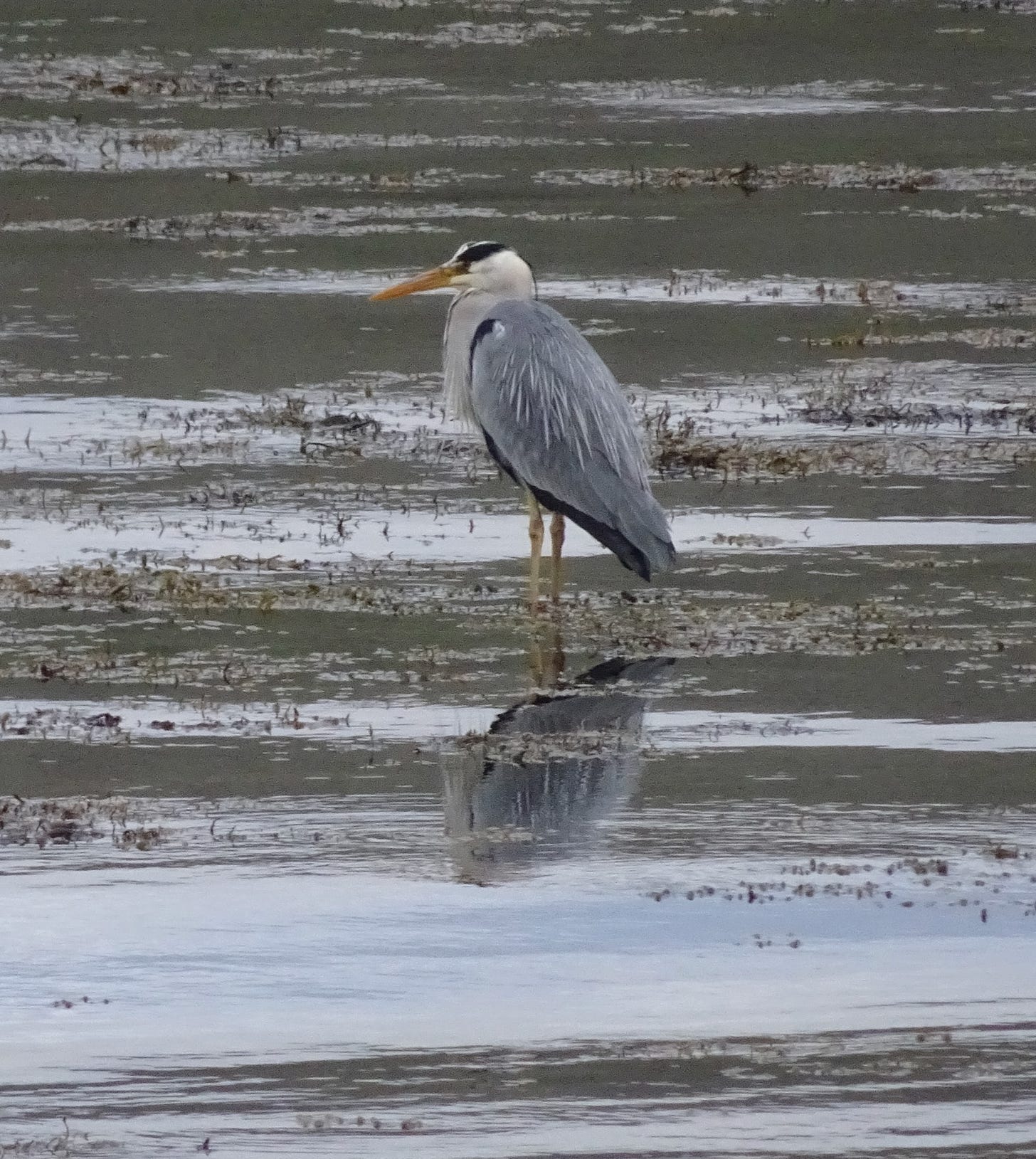
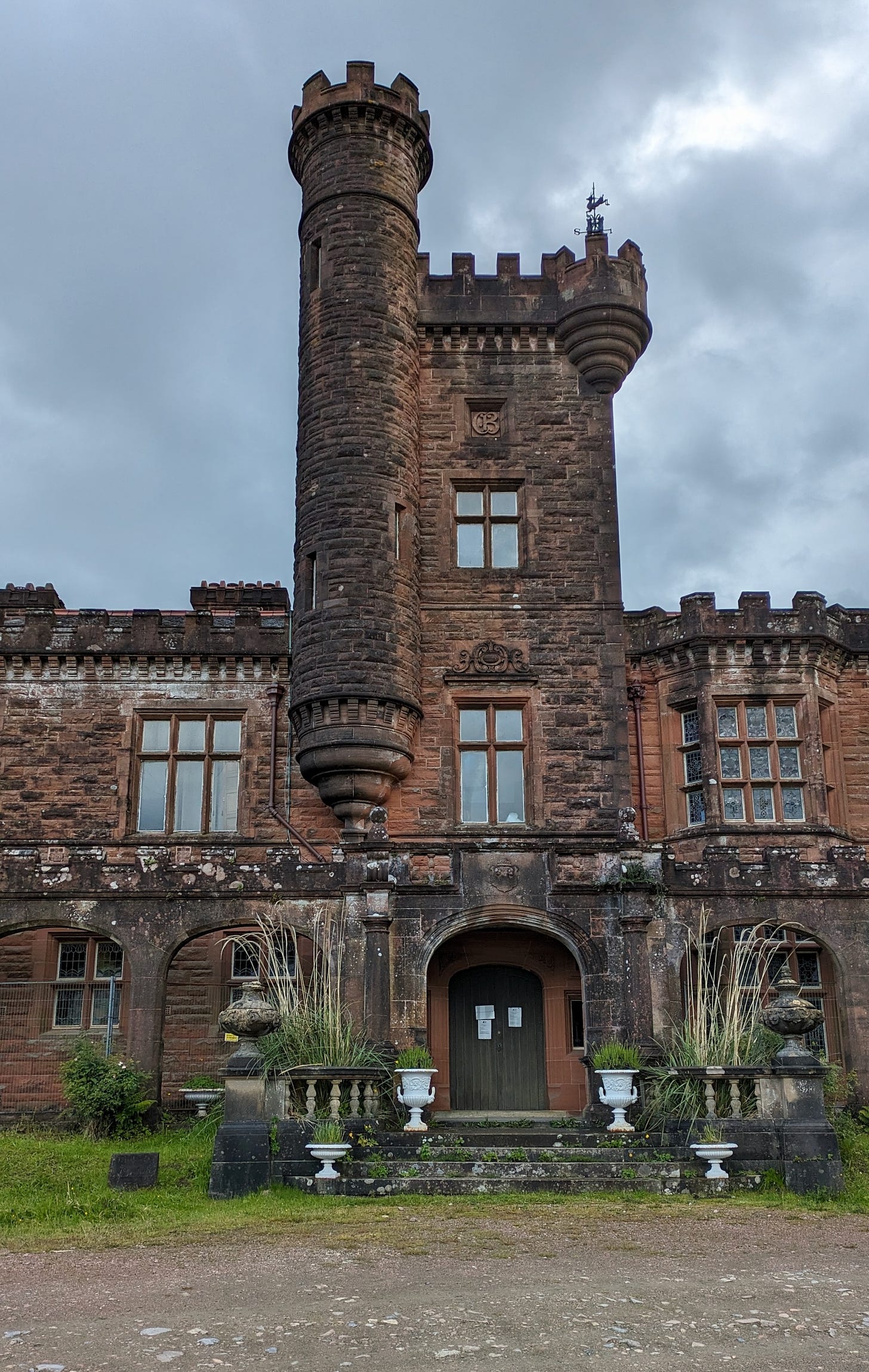
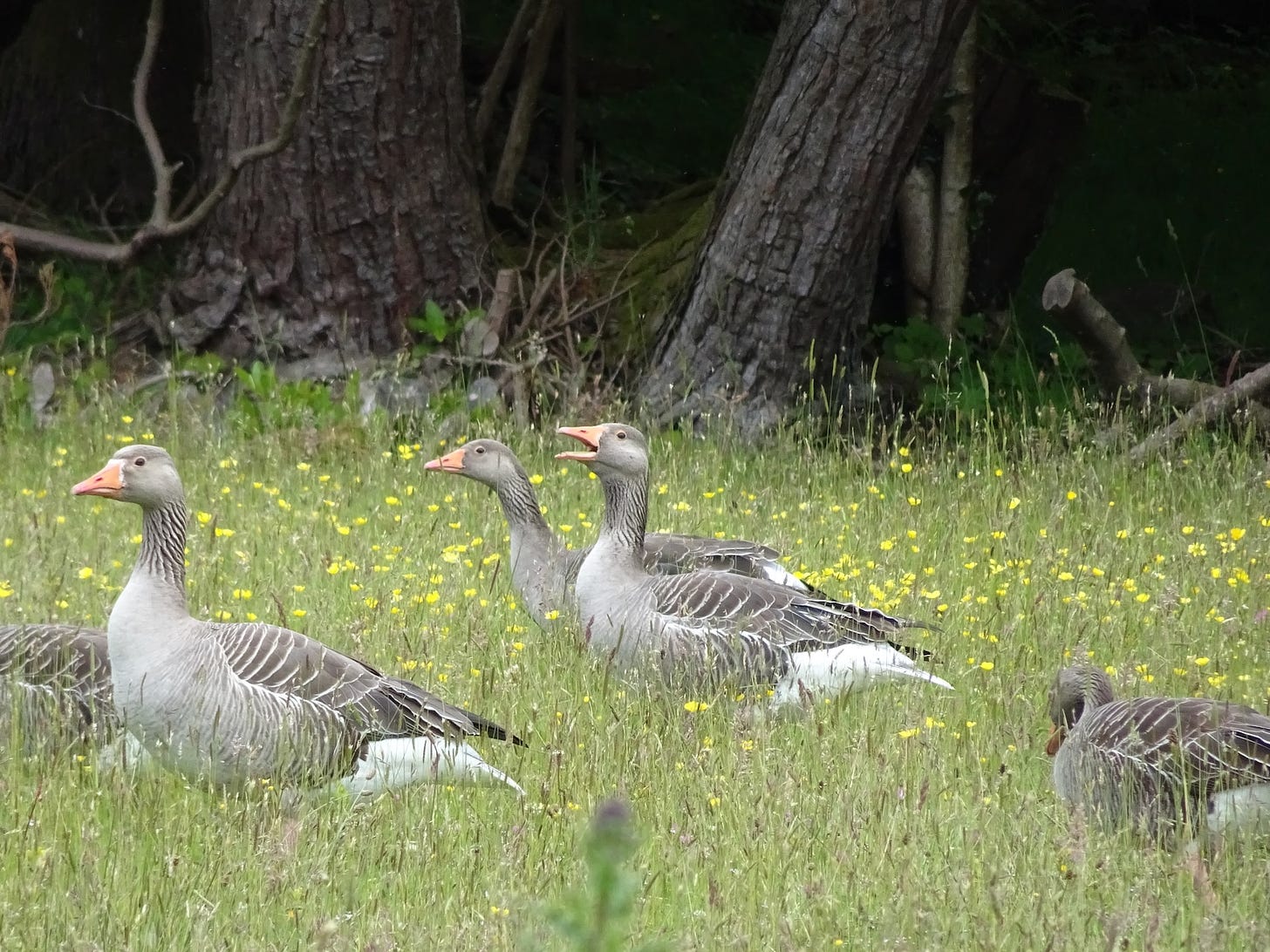
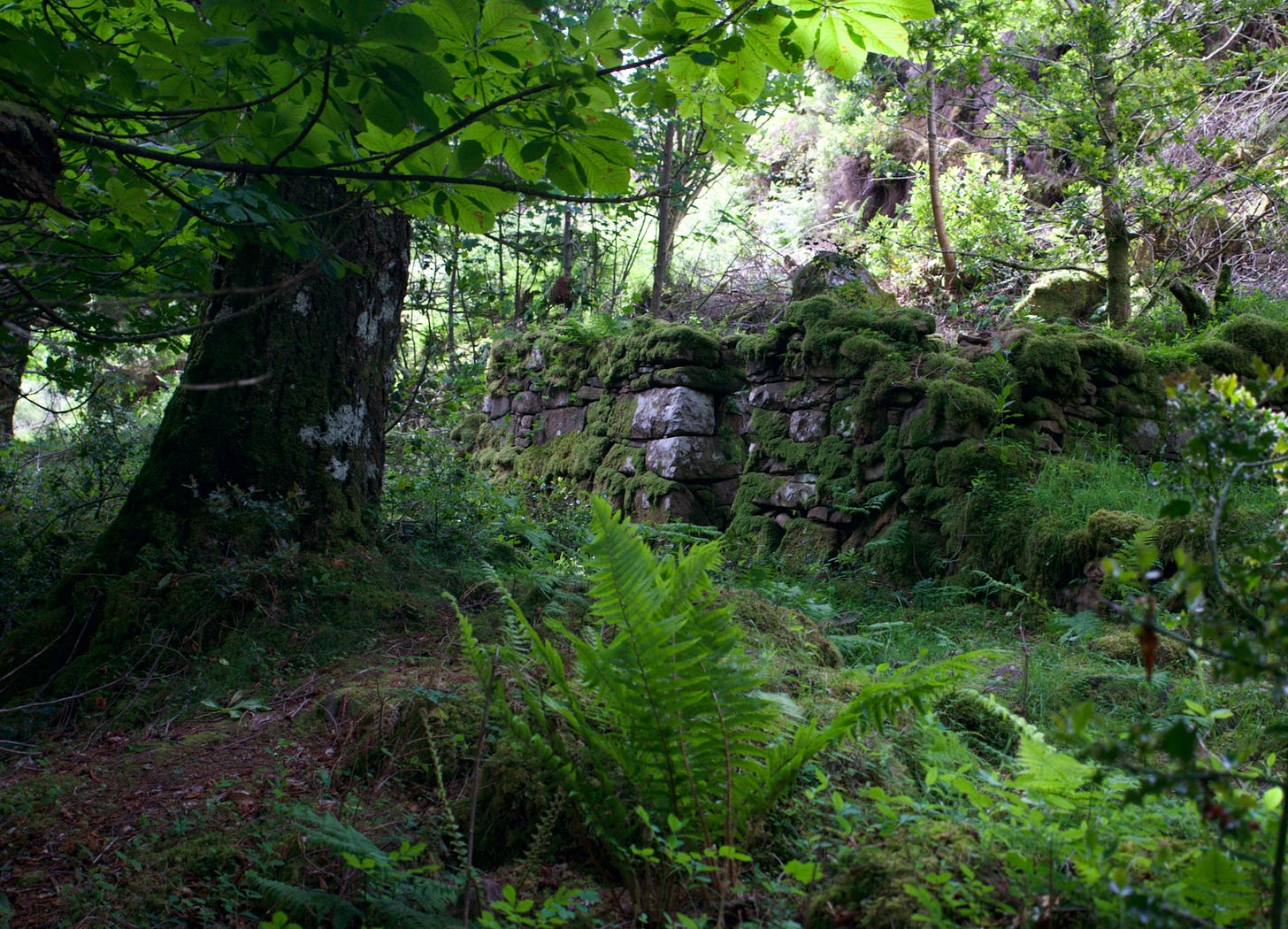
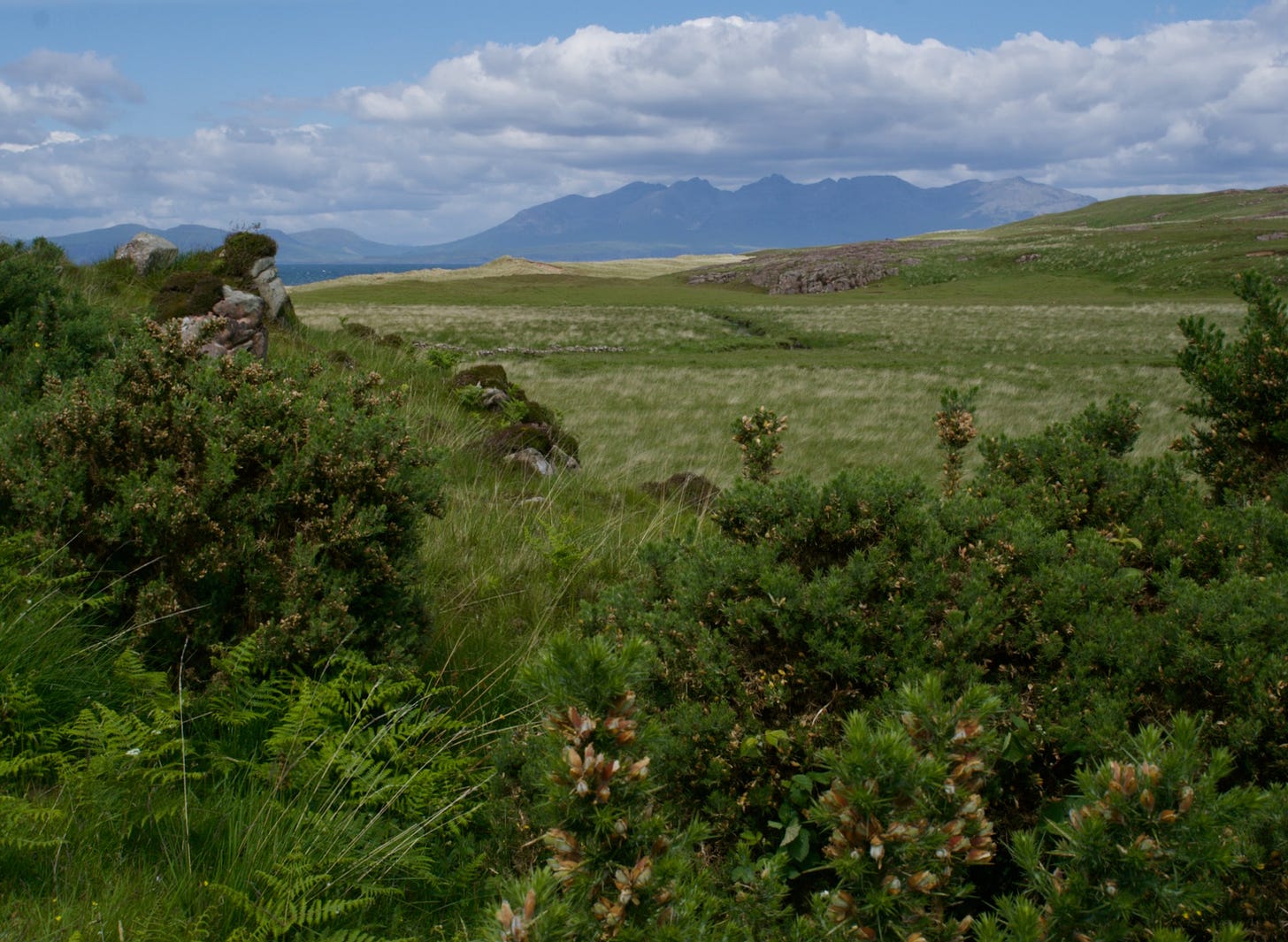
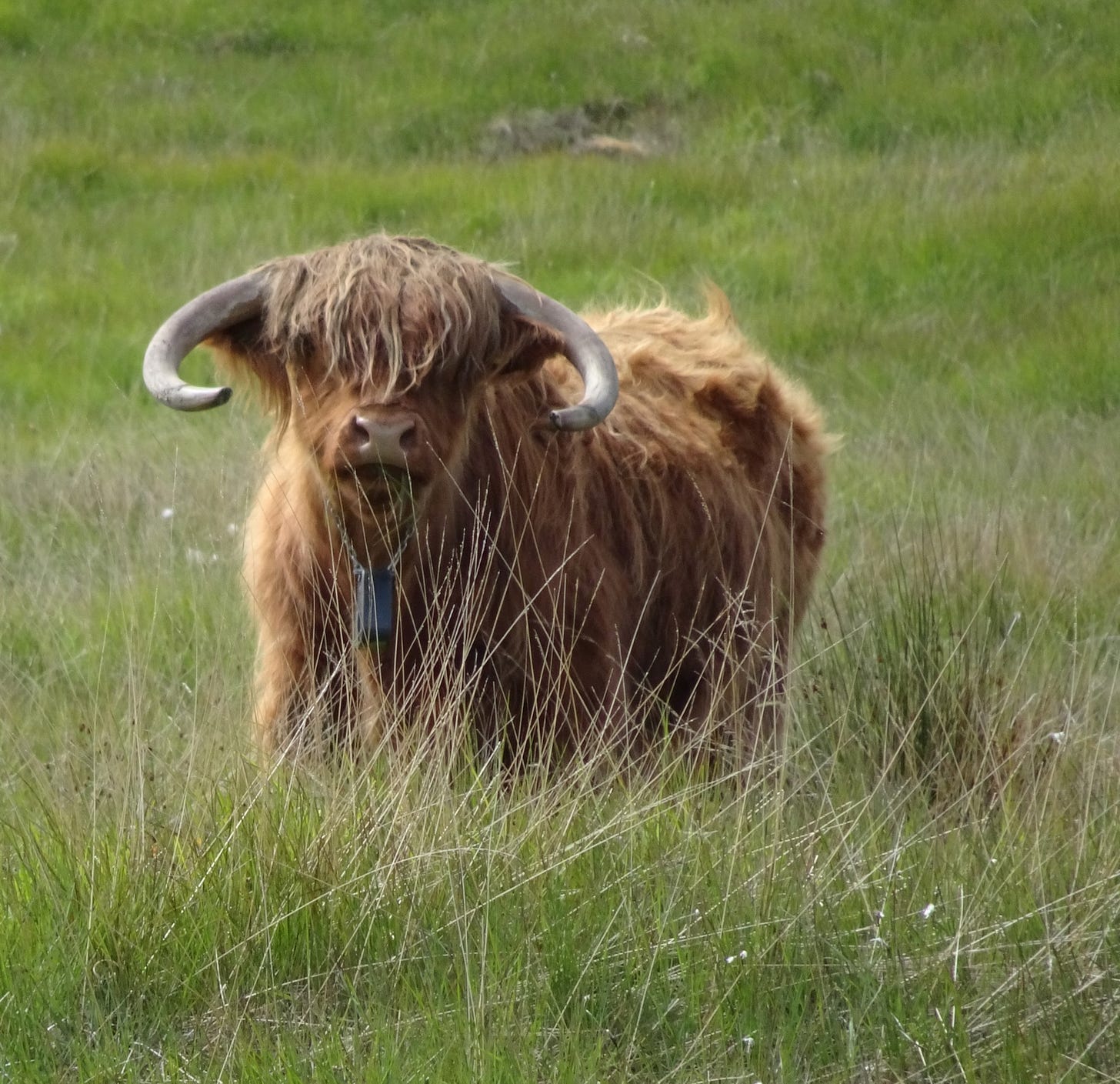
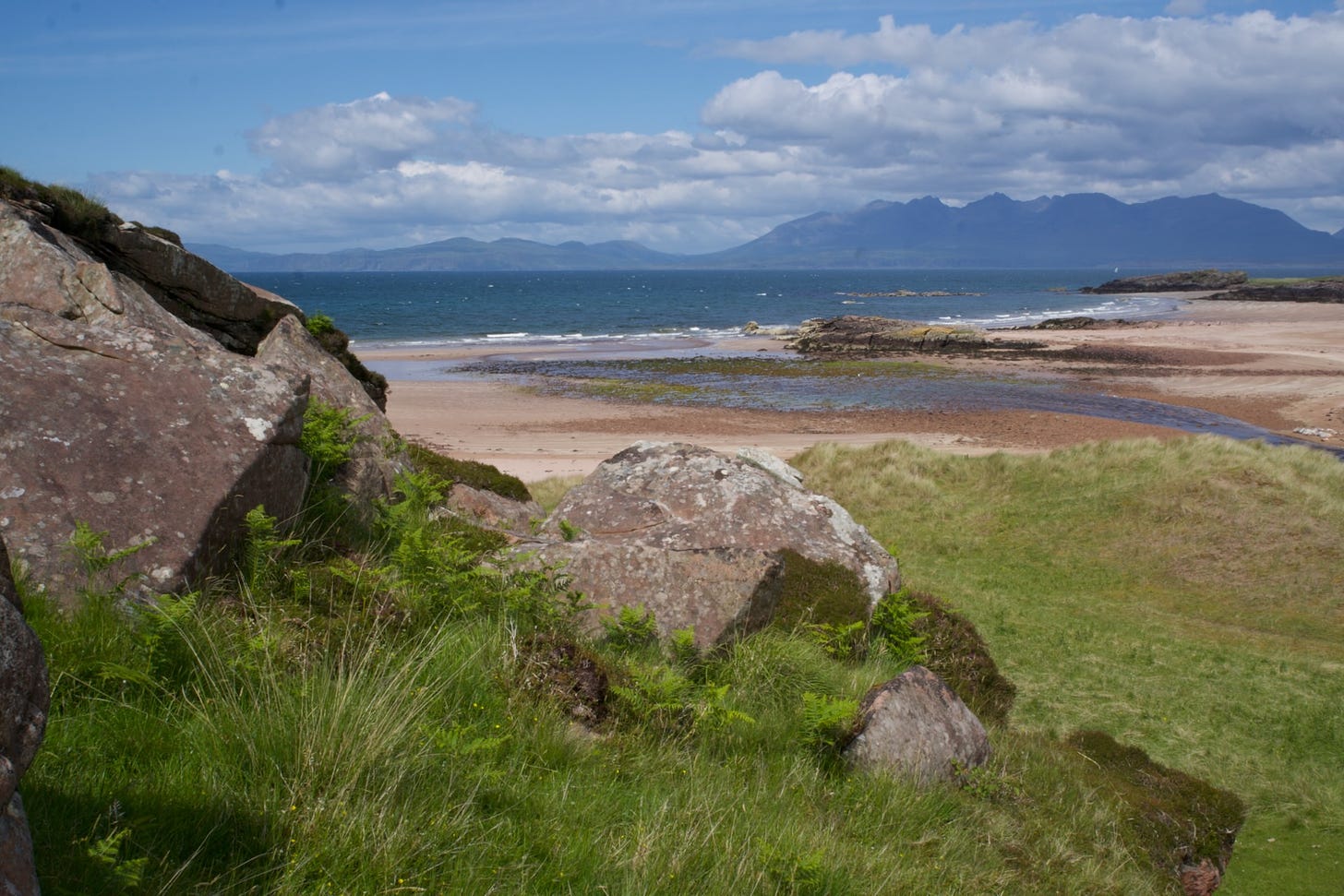
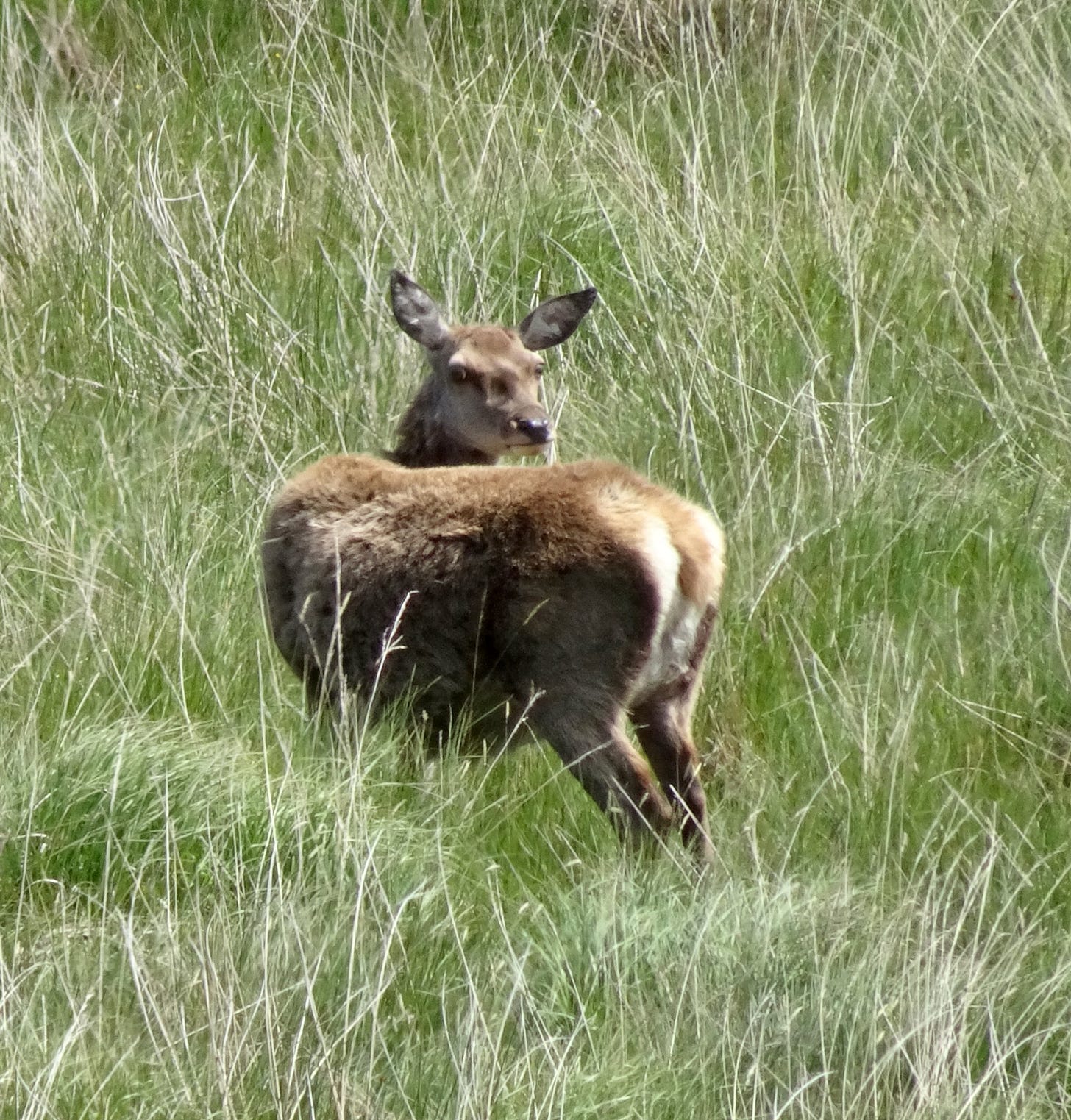
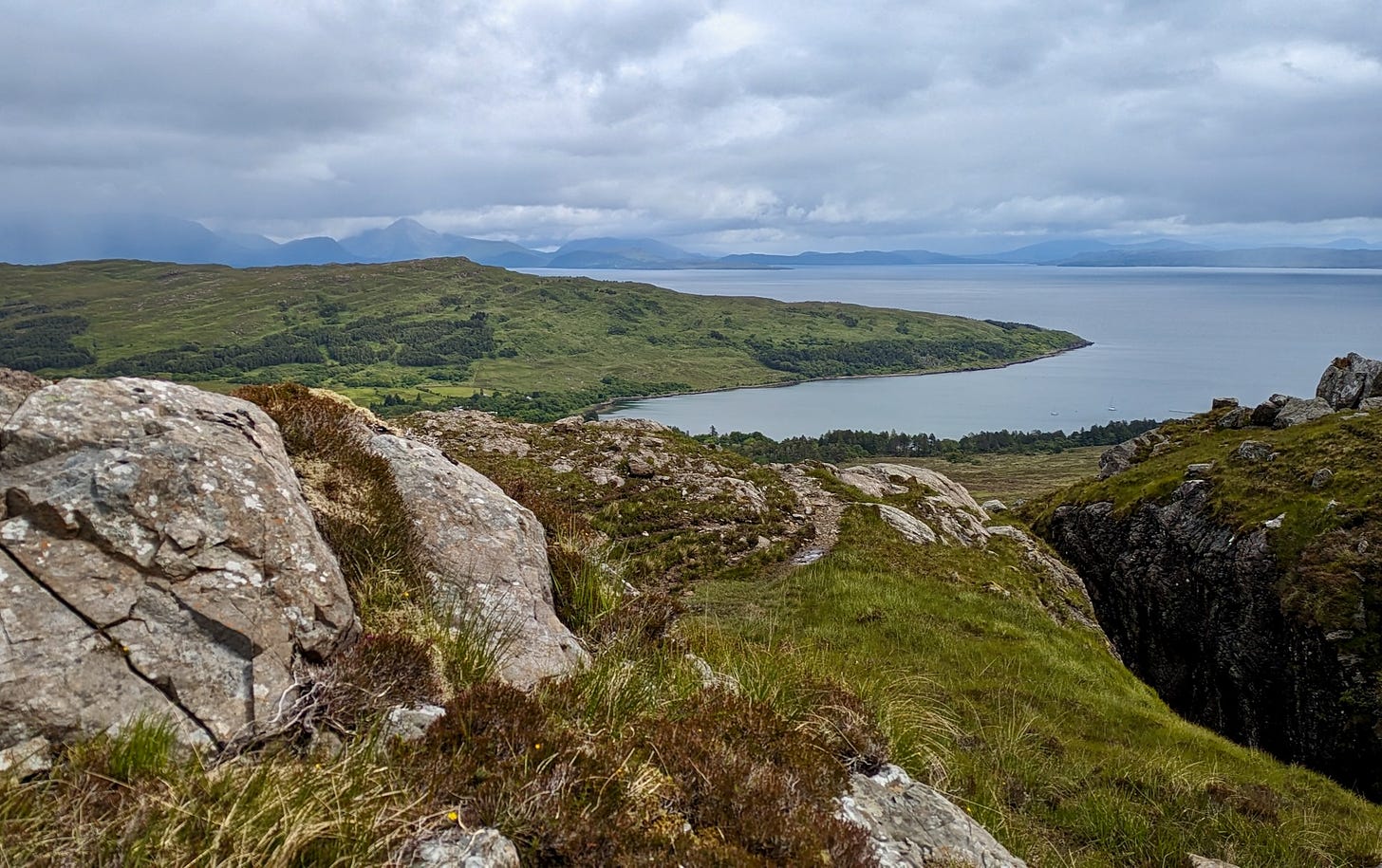
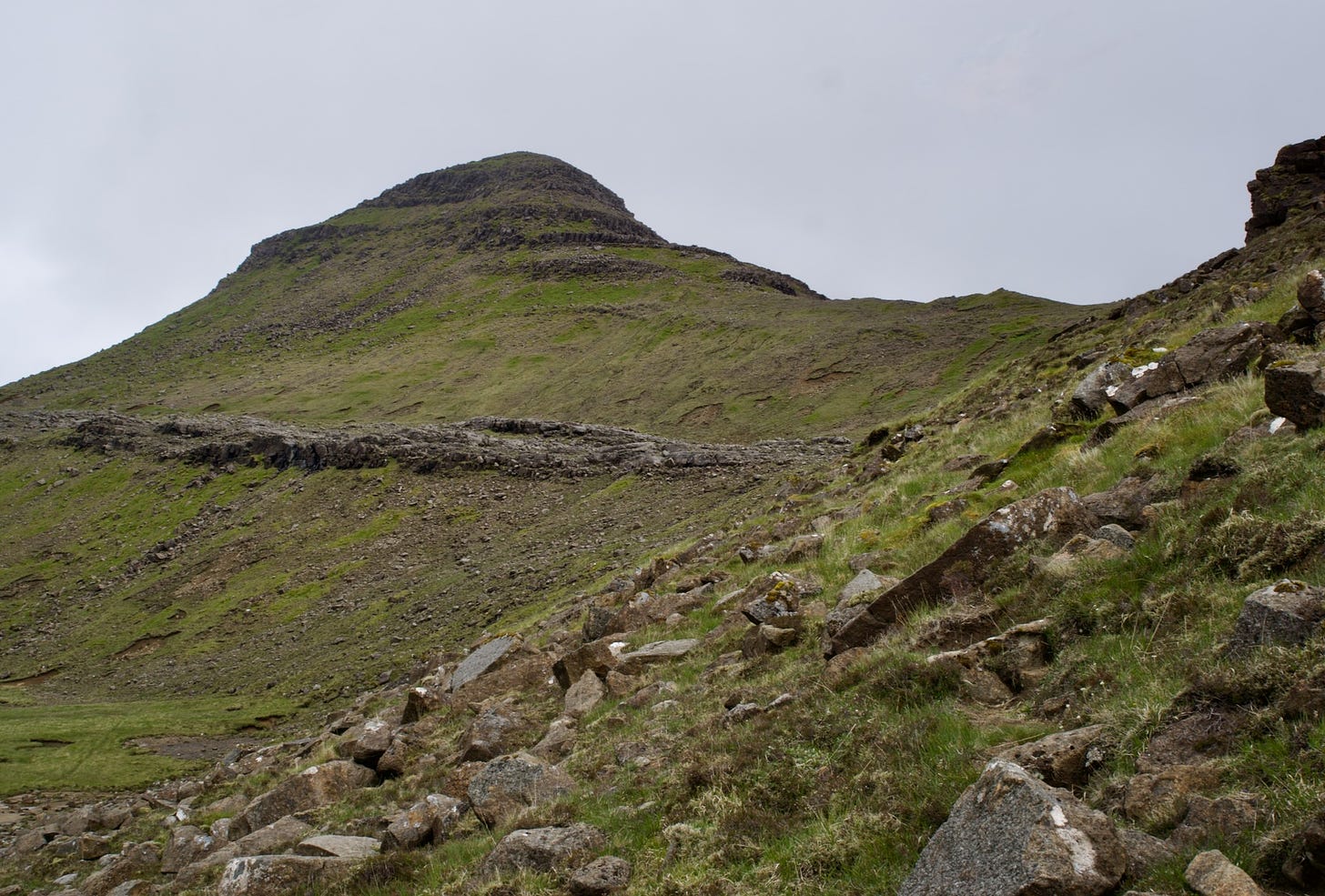
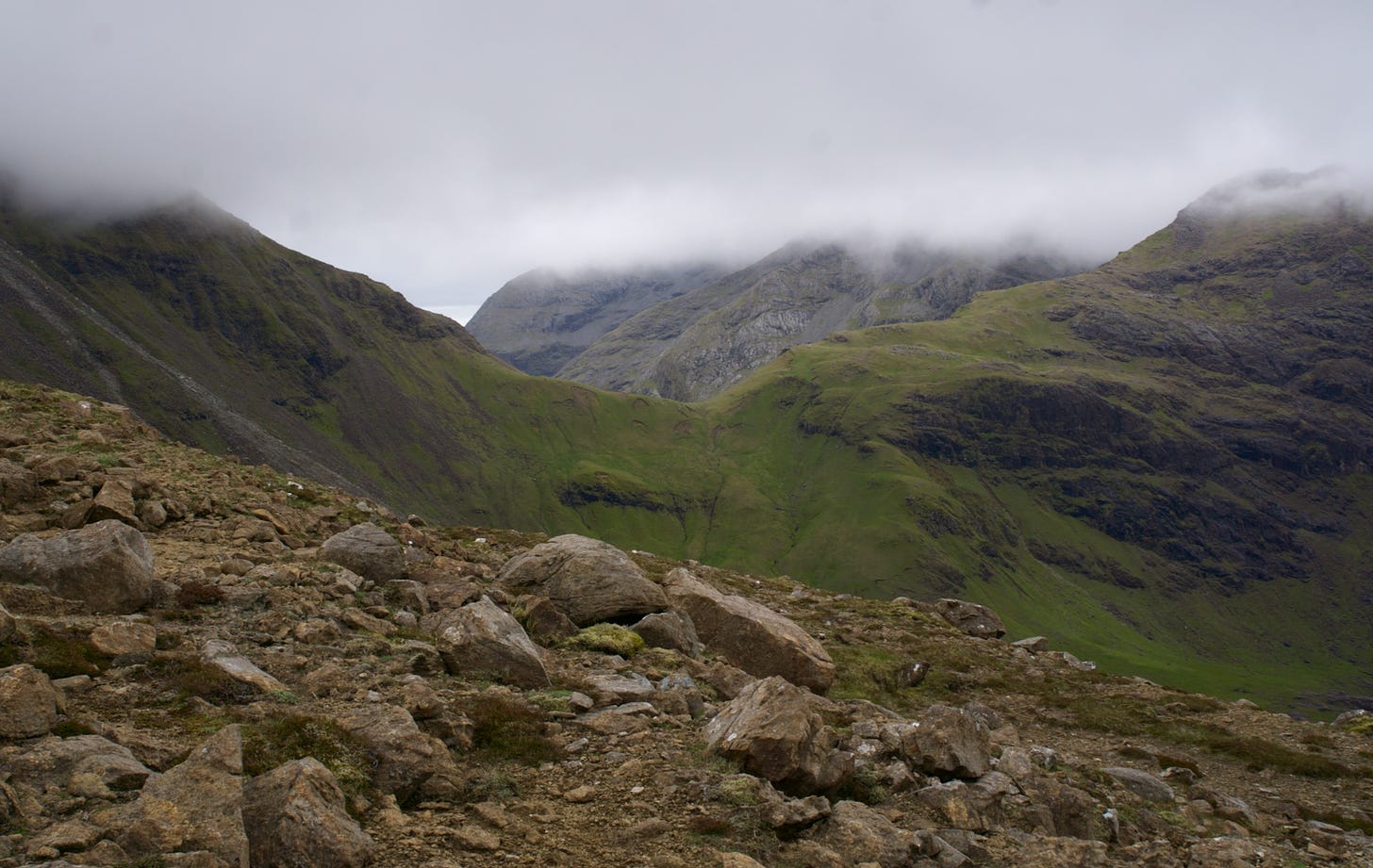
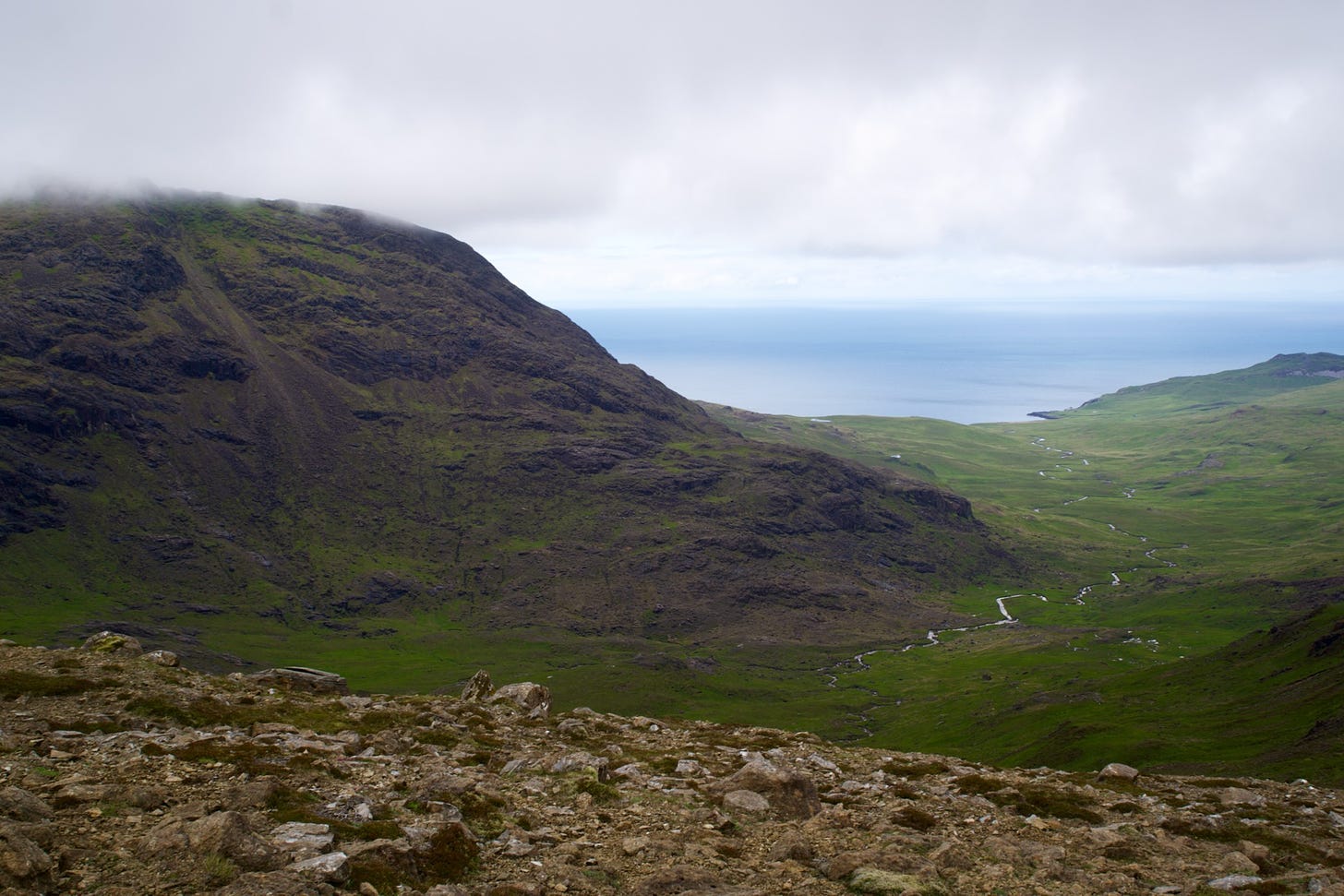
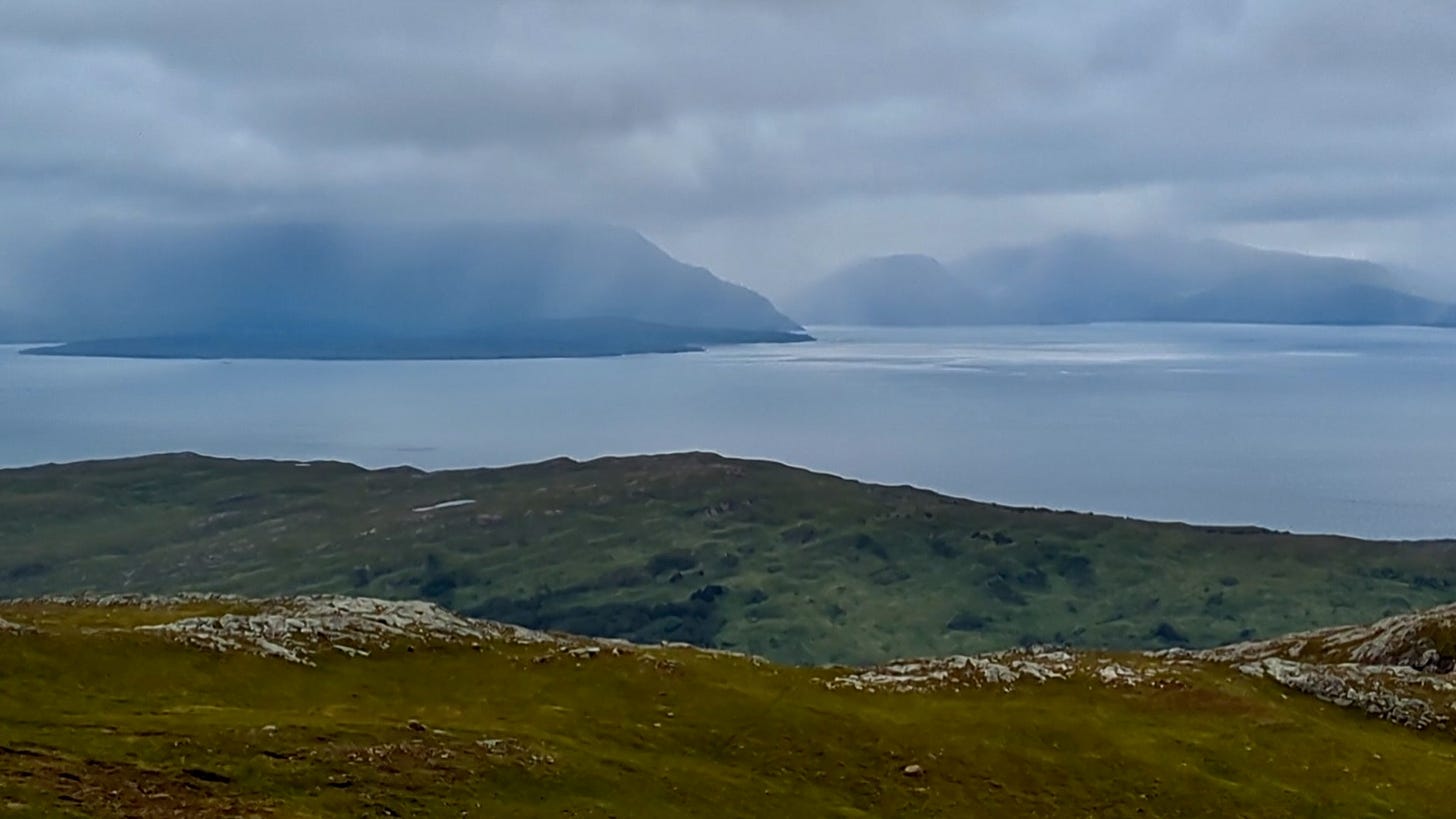
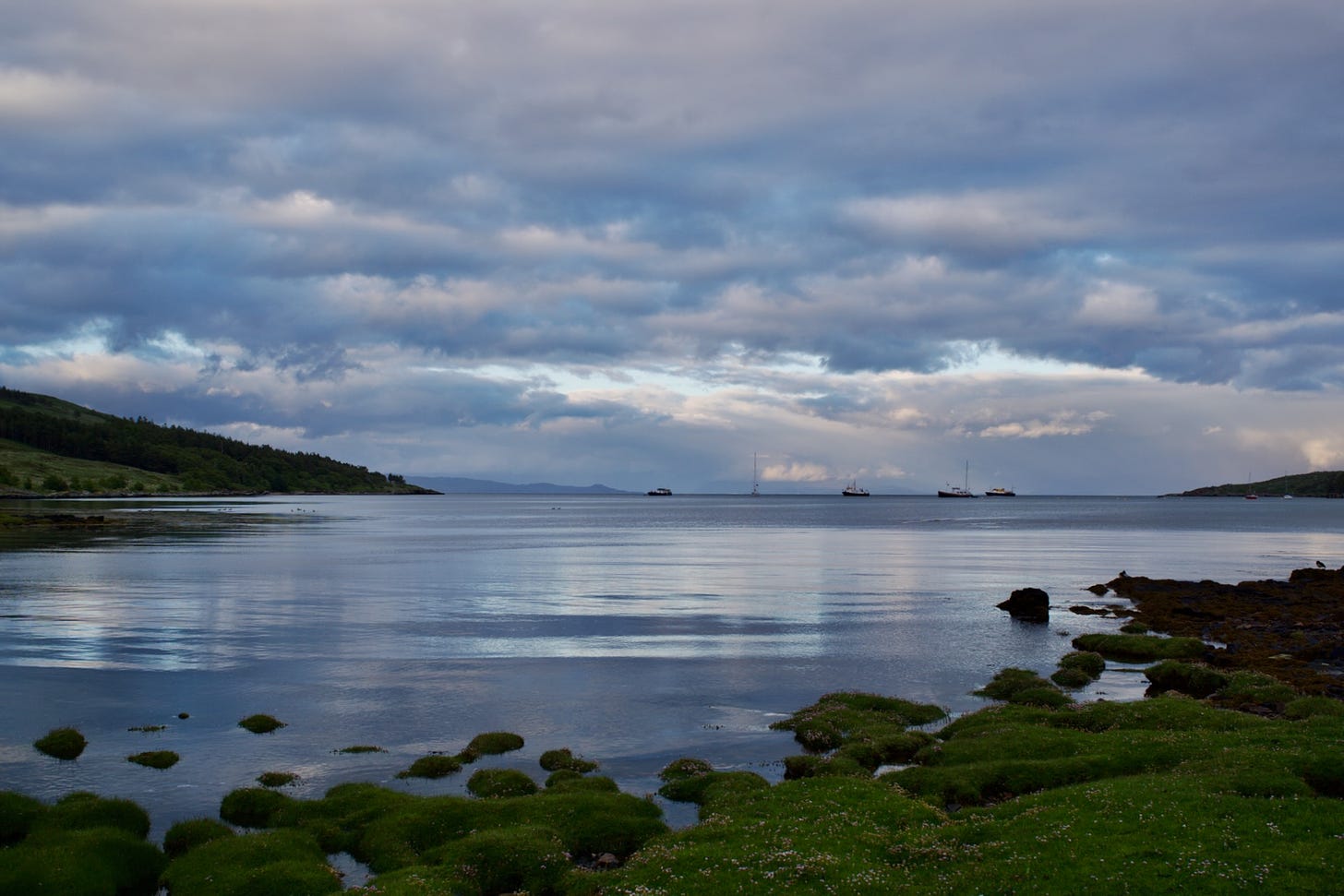
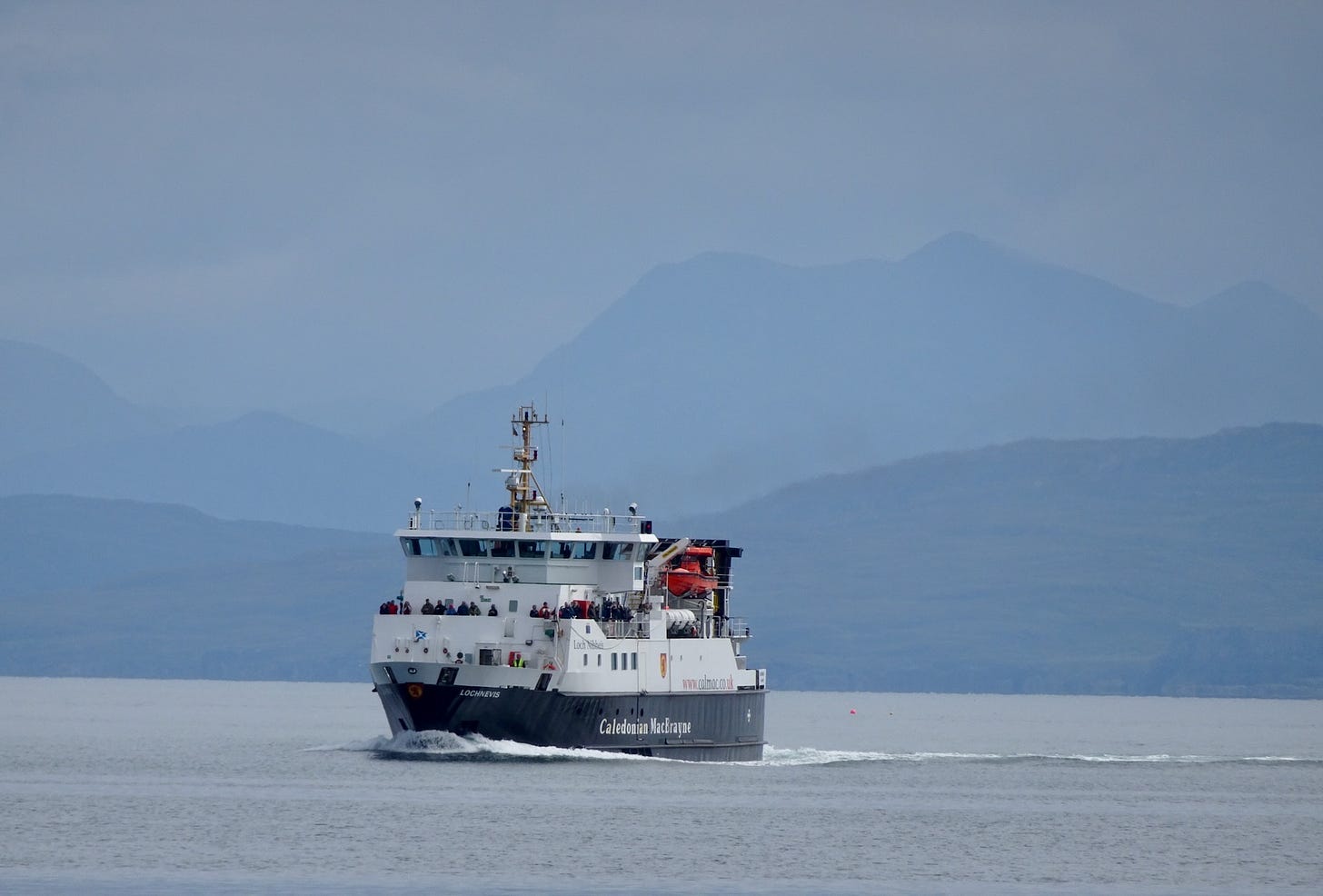
Beautiful description of an isle that I've seen many times from the Cuillins and Sleat. Thanks for stimulating my desire to make the crossing sometime, Kirsty.
Absolutely stunning